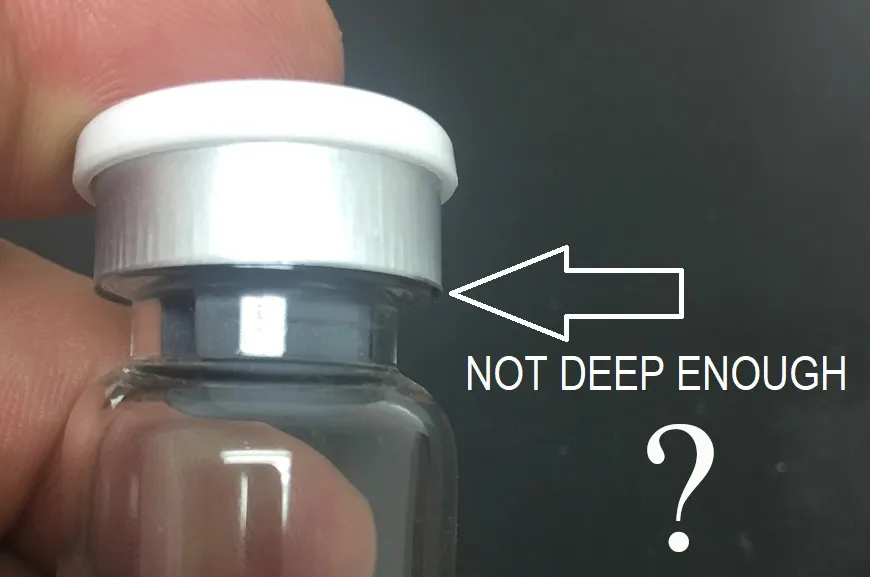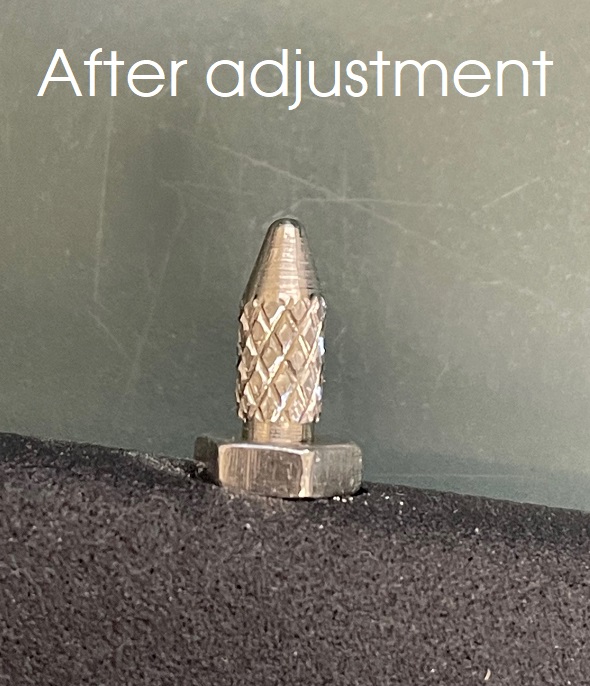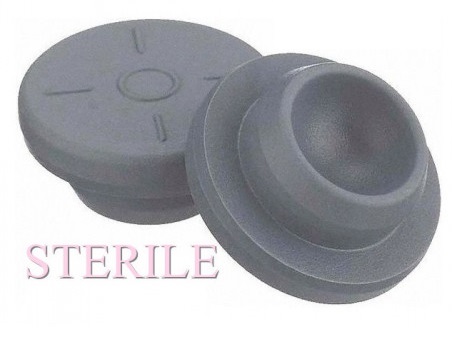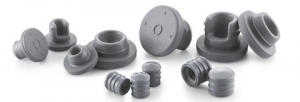Having problems crimping your Flip Off® vial seals? IVPACKS can help!
Over the years, we have occasionally received complaints from customers when they try to crimp 13mm or 20mm flip cap vial seals (aluminum vial seals with a plastic lid). There are 4 components that must be taken into consideration:
1). The thickness of the top crown crimp lip (rim) of the vial.
This is seldom the cause of the issue. The only exceptions we have seen are for non-standard, non ISO vials (which is rarely an issue for USA clients). If you are using ISO standard vials, move on to one of the issues below.
2). The thickness of the stopper flange (top flat portion).
Some lyophilization style stoppers (2 or 3 prong stoppers and some igloo vial stoppers) will occasionally have a thicker top flange.
3). The aluminum skirt length of the flip cap vial seal.
The usual rush to judgement is that the aluminum skirt length isnt long enough to allow proper crimping. If you are using any 13mm or 20mm flip cap vial seals sourced from IVPACKS, this shouldnt be the issue. All flip cap seals sourced from IVPACKS are of appropriate shell skirt length for proper crimping.
4). The specific type of crimper being used (manual, electric, pneumatic or rotary vial crimper).
The selected crimper, OR, crimper depth setting is the usual problem. If you have a crimper that doesnt allow depth adjustment of the crimper jaws, you may need to consider an alternate stopper or alternate crimper.
IVPACKS offers adjustable crimpers for 13mm flip cap and 20mm flip cap seals:
- Crimper 13002 – for 13mm flip cap / 13mm flip off vial seals, or
- Crimper 20002 – for 20mm flip cap / 20mm flip off vial seals
Both of the above flip cap vial crimpers have a “percussion pin” that allows the user to manually adjust the crimping depth. In the image below, you can see the standard initial setting of the percussion pin:
Loosen the nut of the percussion pin located midway along the handles of the crimper. Then, lower the height of the percussion pin as you see in the image below:
The adjustment of the percussion pin in our manual vial crimpers will resolve the problem in the majority of cases. If you are not using our adjustable crimpers, consider buying one (NOTICE – there are separate crimpers for 13mm or 20mm flip cap vial seals). If your crimping volumes are too large for manually operated crimpers, you will need to speak to the manufacturer of the automatic crimpers you are using.
BUY OUR ADJUSTABLE VIAL CRIMPERS BELOW
13mm Flip Cap Vial Crimpers HERE
or
20mm Flip Cap Vial Crimpers HERE
Have any questions – please send us an email: sales@IVPACKS.com





